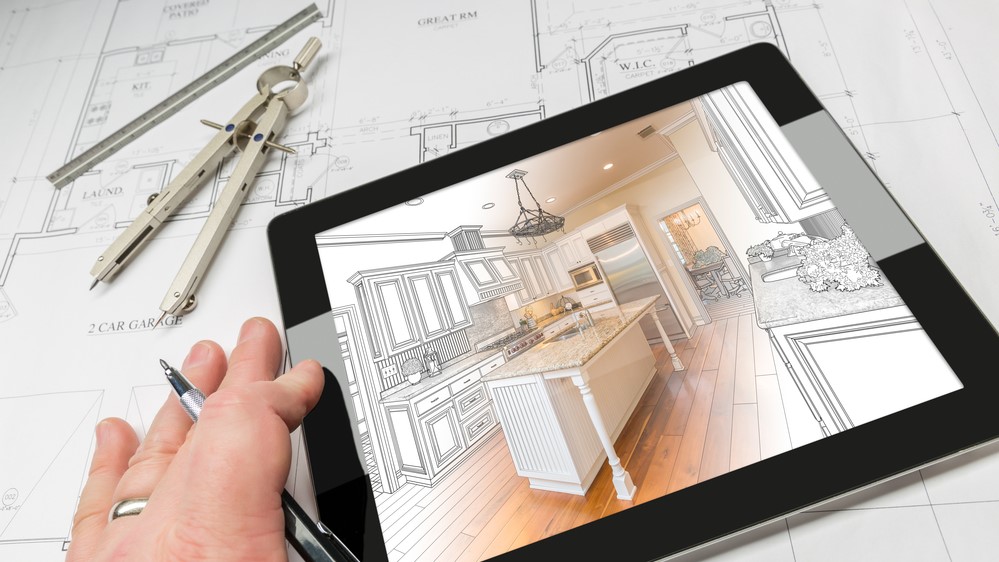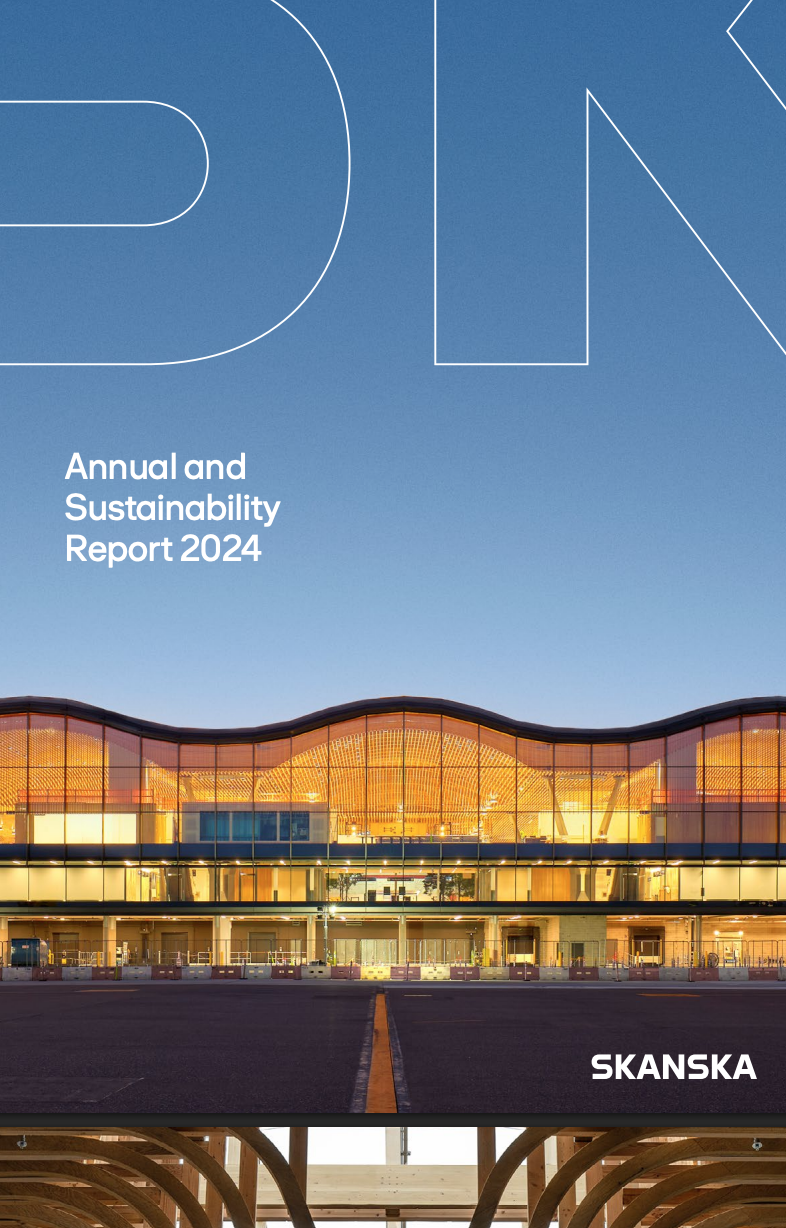Project Description

The Five Stages of a Successful Residential Property Development
CLIENT: DG Institute
PUBLISHED: DG Institute website/Facebook
ORIGINAL ARTICLE: Five stages of property development
CREATED: May 2018
AUTHOR: Fallon Dasey
If you want to become a property developer, knowledge is power. DG Institute Founder Dominique Grubisa explains that by understanding the five stages of the property development process you’ll improve your chances of pulling off a successful project.
It’s one of the great Australian dreams. Giving up the grind of a nine-to-five job and becoming your own boss by developing residential property. Rather than being chained to the desk and helping to build someone else’s business, you’re free to run your own day and pursue your own wealth creation dreams.
With interest rates at record low levels and strong property markets in the eastern state capitals, increasing numbers of people are taking the leap and chasing this dream. And there are plenty of success stories. While the stakes and risks are high, so too are the rewards, with successful developers realising millions of dollars in profits for even small-scale developments.
The problem for many would-be residential developers is that property development is a complex business. Unlike the relatively simple process of flipping a property, property development often involves the consolidation of multiple blocks or the subdivision of a single large block. There are a range of professionals to deal with, strict council regulations to comply with, and an ever-changing range of finance options. Often the amount of work involved and the expertise required to pull off a successful development are so daunting that all but the most resolute are scared off.
The good news is that like any other process, residential property development can be broken down into a series of different steps. By learning a little about each stage and seeing where it fits in, you can demystify the process and make a more informed decision about getting involved. As your knowledge grows, so will your confidence that, yes, this is something you could actually do. (We share this same approach with students in the DG Institute’s free event Property Developer Workshop). So, take your time and read through the five key stages of a typical residential property development below.
Phase 1 of Property Development: Research
Good research is the foundation stone for a successful development. Long before a single dollar leaves your pocket or a signature is signed, you will want to have a firm picture in your mind of what it is you’re hoping to achieve and what sort of development you want to undertake.
The process starts by arming yourself with all the information needed to determine which locations have the potential to make money. This involves evaluating potential suburbs, neighbourhoods and sites, doing a preliminary market study, putting together a budget, carrying out a preliminary financial analysis, preparing a timing analysis and reviewing the political climate and the council approval process. Additionally, you’ll need to study the council zoning maps, identify potential sites, and discuss your potential development with a council planner.
Phase 2 of Property Development: Feasibility
Once you have completed your research, you’ll need to conduct a feasibility study. This is basically a business plan for your development and its purpose is to demonstrate that it has the potential to turn a worthwhile profit. Feasibility work involves completing a market study and working out a preliminary program for the project. You’ll evaluate the design criteria, set a target budget, pull together your initial financial plans, set milestones and confirm zoning and required approvals.
Phase 3 of Property Development: Pre-construction
Once you are satisfied that the project will be profitable, it’s time to prepare for construction. You’ll need to finalise the acquisition of the site, get any required government approvals and begin talks with builders and the other professionals you will need for the construction of the project. You will also need to get your finance in order, engage an architect to produce your plans and DA, and evaluate prospective builders and project managers. You’ll submit a Development Application, revise and update your feasibility study, and potentially begin presales.
Phase 4 of Property Development: Construction
This is one of the most exciting moments in the process. During this phase, your development project will finally become tangible. While you may not be doing any of the actual construction work yourself, you will gain great satisfaction seeing your hard work come to fruition. You’ll need to choose a builder, issue a construction contact, and potentially appoint a project manager to oversee the different building stages and milestones and eventual handover.
Phase 5 of Property Development: Marketing and Selling
Finally, you’ll need to prepare a marketing plan for your development and sell the properties to realise a profit. This involves researching your target market, commissioning creative materials that suit the marketing channel, deciding on a channel, and executing a sales campaign.
So, now you have a basic grounding of the property development process. Continue to build on this and you will be well on your way to realising your wealth creation dreams.
For more information on property development you can download my free ebook Property Developer’s Guide to Sucess or attend our free Property Developer Workshop in August 2018.



